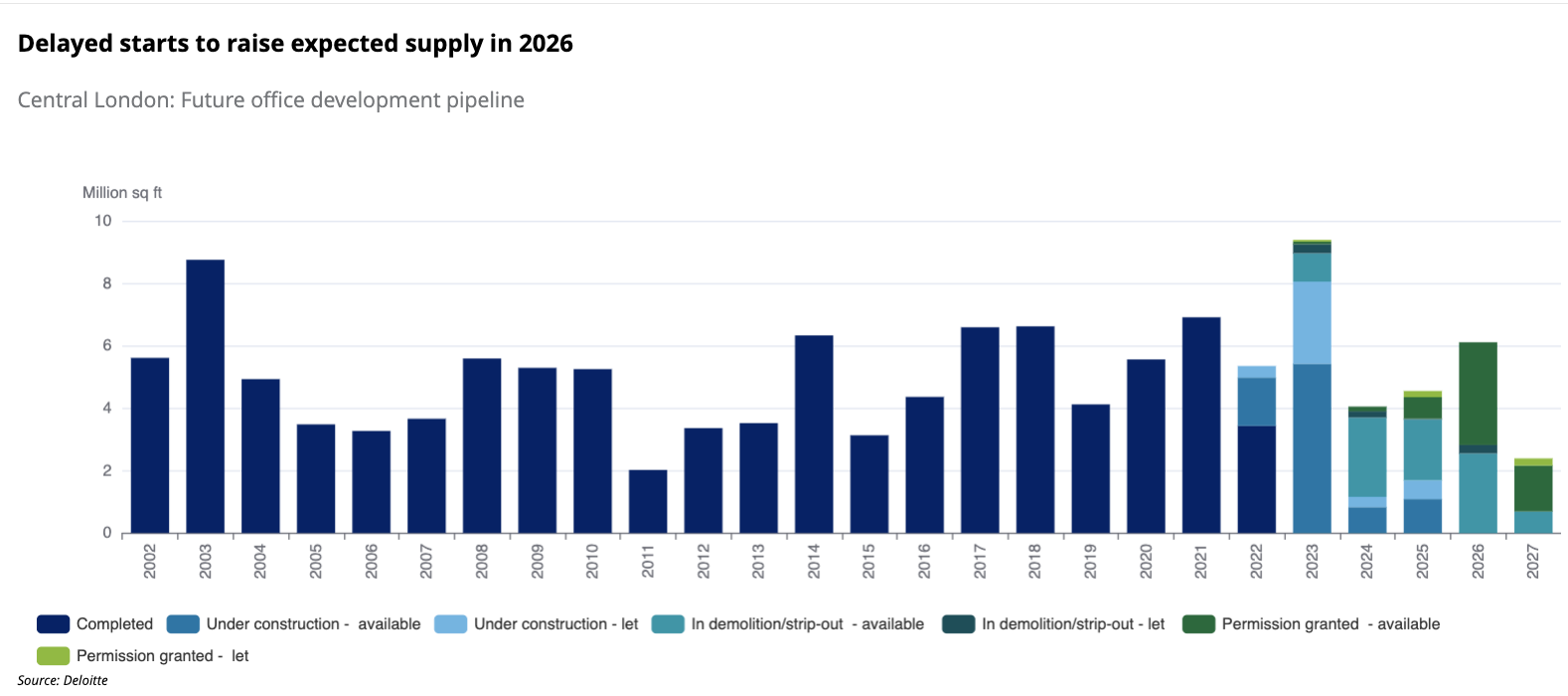
Millions of employees will be able to request flexible working from day one of their employment.
This is due to new government plans to make flexible working the default, the Department of Business, Energy and Industrial Strategy and MP Kevin Hollinrake have announced.
The raft of new measures will give employees greater access to flexibility over where, when and how they work, leading to happier, more productive staff. “Flexible working has been found to help employees balance their work and home life, especially supporting those who have commitments or responsibilities such as caring for children or vulnerable people,” the government said in a statement.
Flexible working can mean a combination of working from home and in the office as well as making use of job-sharing, flexitime and working compressed, annualised or staggered hours.
Alongside the clear benefits to employees, the government has acknowledged “a strong business case” for flexible working. By removing some of the invisible restrictions to jobs, flexible working is expected to create a more diverse working environment and workforce, which studies have shown leads to improved financial returns.
Today’s announcement comes alongside new laws coming into effect that will allow Britain’s lowest paid workers to work more flexibly and boost their income through extra work.
The announcements come as part of the government’s response to the Making flexible working the default consultation.
The response to this consultation confirms the government’s intention to introduce changes to the right to request flexible working legislation. This right currently supports all employees with 26 weeks continuous service to make applications to change their work location, working hours and/or working pattern.
The response states that the government will take forward the following measures:
- make the right to request flexible working a day one right
- introduce a new requirement for employees to consult with the employee when they intend to reject their flexible working request
- allow two statutory requests in any 12-month period (rather than the current one)
- require a decision period of two months in respect of a statutory flexible working request (rather than the current three)
- remove the existing requirement that the employee must explain what effect, if any, the change applied for would have on the employer and how that effect might be dealt with.
The response also commits to:
- developing guidance to raise awareness and understanding of how to make and administer temporary requests for flexible working
- launching a call for evidence to better understand how informal flexible working operates in practice.
It includes a summary of the responses received from individuals and stakeholders.
The proposed changes to the right to request flexible working received broad support across the range of respondents, including individuals, businesses, charities and trade unions, the BEIS announcement said.
The government recognised that there was no ‘one-size-fits-all’ approach to work arrangements and has been clear that the legislation should remain a ‘right to request’, not a ‘right to have’. “The priority is to set the right conditions to allow employees and employers to explore the available options in their particular context,” the government said.
The government received 1,611 responses to this consultation. Most respondents were individuals: 1,342 in total (83%). In terms of responses from business, the government received:
- 56 from large businesses
- 25 from medium businesses
- 14 from small businesses
- 19 from micro businesses
- 30 from business representative organisations.
The other main sub-groups were:
- charities or campaign groups
- academics, think tanks or advisory groups
- consultancies or professional bodies.
The government has also announced related developments, including reforms to exclusivity clauses, which have had negative effects of low-earning workers.
Workers on contracts with a guaranteed weekly income on or below the Lower Earnings Limit of £123 a week will now be protected from exclusivity clauses being enforced against them, which restricted them from working for multiple employers.
These reforms will ensure around 1.5m low-paid workers can make the most of the opportunities available to them such as working multiple short-term contracts. “This will particularly benefit those who need more flexibility over where and when they work – for example, students or people with caring responsibilities,” the government said.
While not everyone will want a second job, today’s laws on exclusivity clauses remove unnecessary red tape that prevents those who do – for example, gig economy workers, younger people or carers who cannot commit to a full-time role.
“The laws will also help businesses plug crucial staffing gaps by giving employers access to recruit from a wider talent pool,” the government noted.
If an employer cannot accommodate a request to work flexibly, they will be required to discuss alternative options before they can reject the request under the new legislation. For example, if it is not possible to change an employee’s working hours on all days, they could consider making the change for certain days instead.
The new legislation, backed in the government’s response to the Making flexible working the default consultation, will also remove the requirement for employees to set out the effects of their flexible working requests to employers, removing a large administrative burden for both sides.
Hollinrake, minister for small business, said: “Giving staff more say over their working pattern makes for happier employees and more productive businesses. Put simply, it’s a no-brainer.
“Greater flexibility over where, when and how people work is an integral part of our plan to make the UK the best place in the world to work.”
Article by Deedee Doke for recruiter.co.uk













